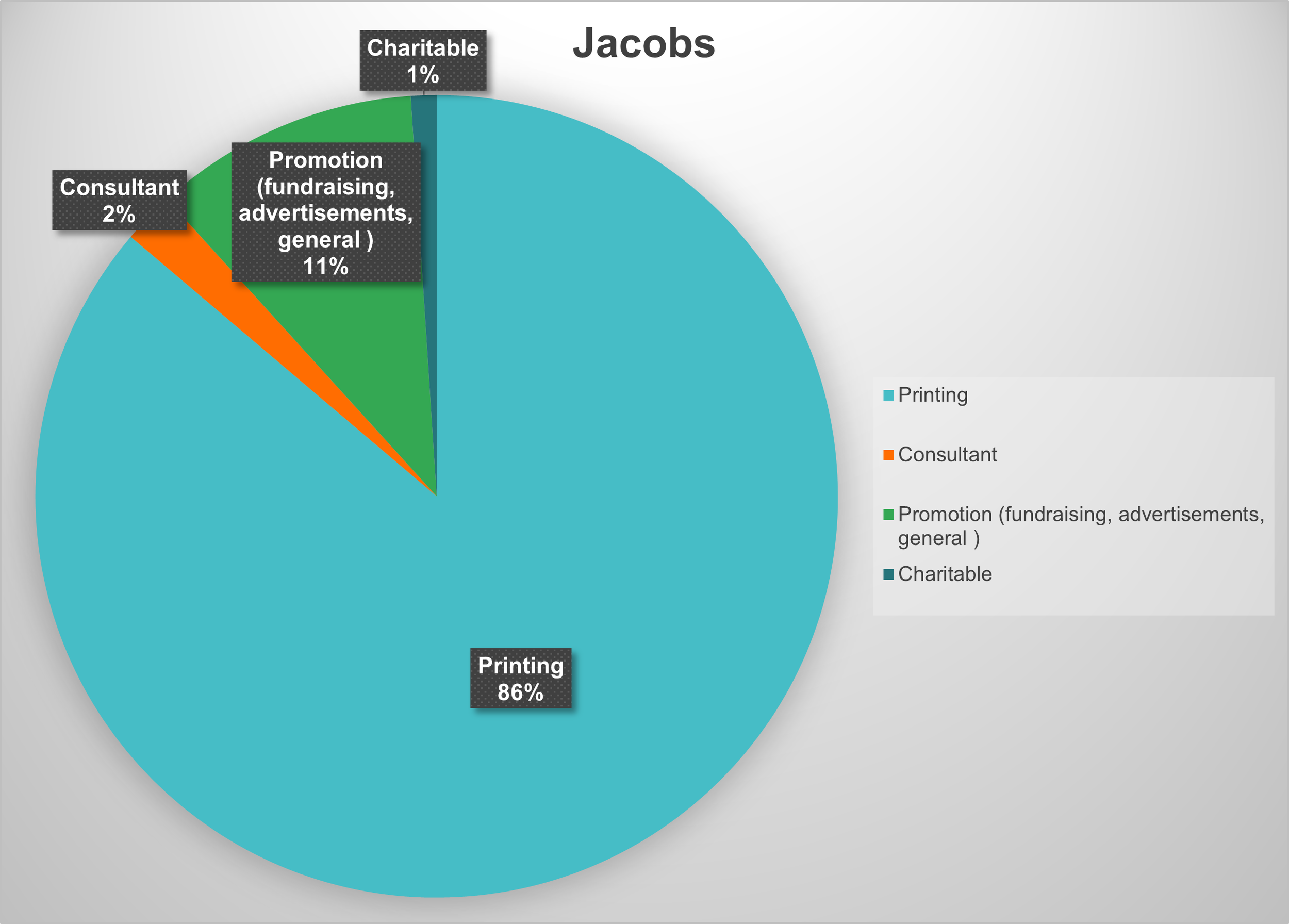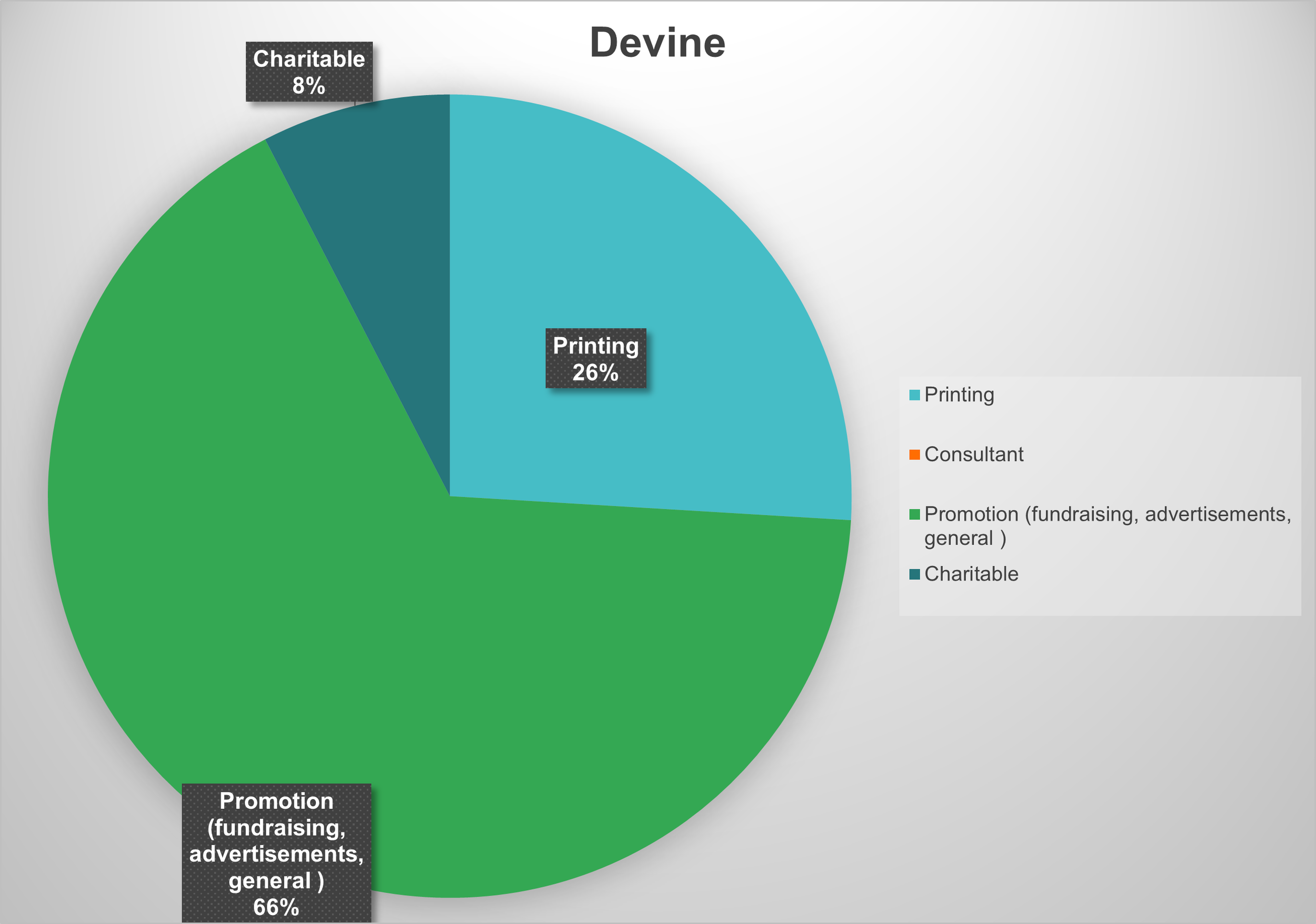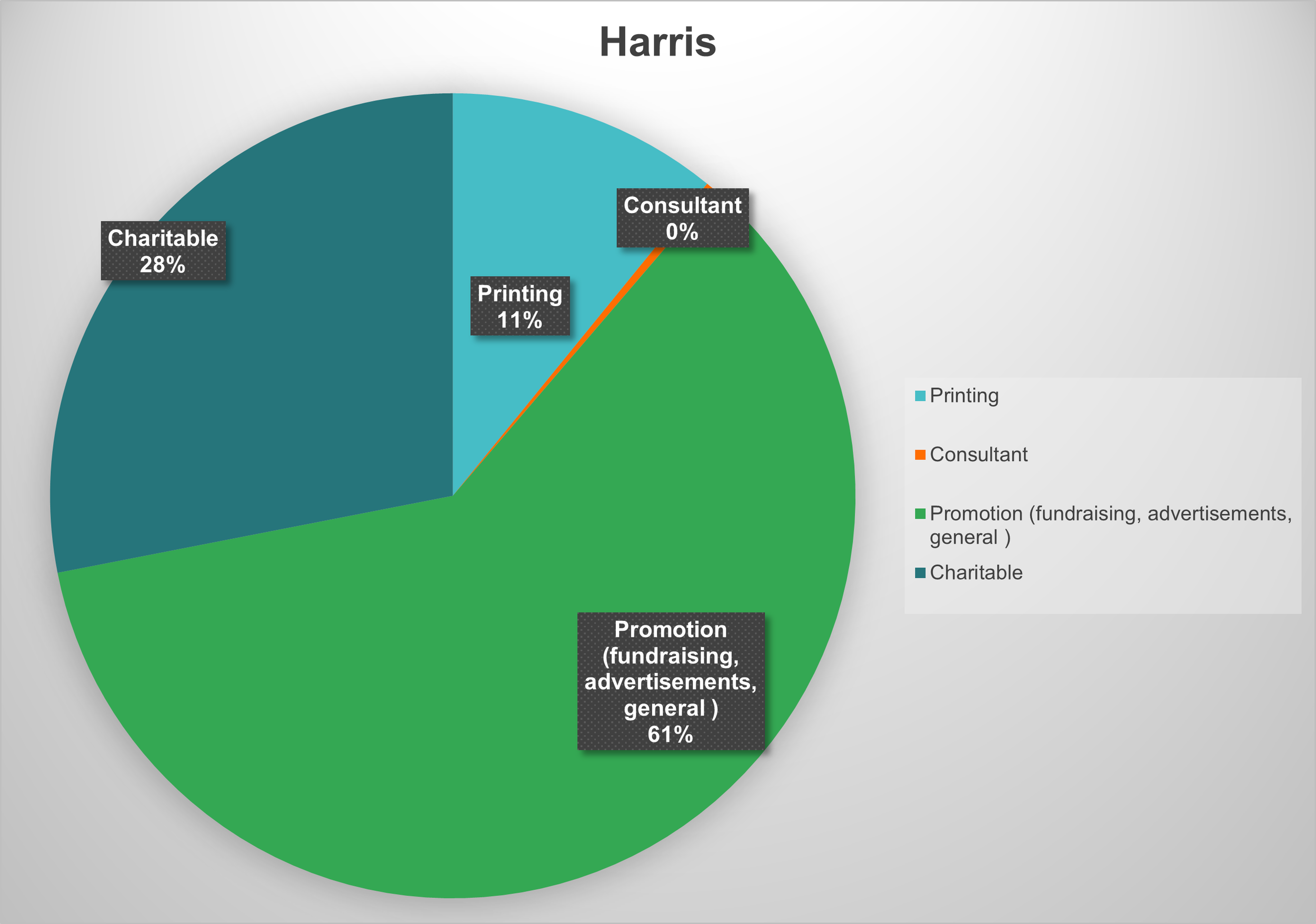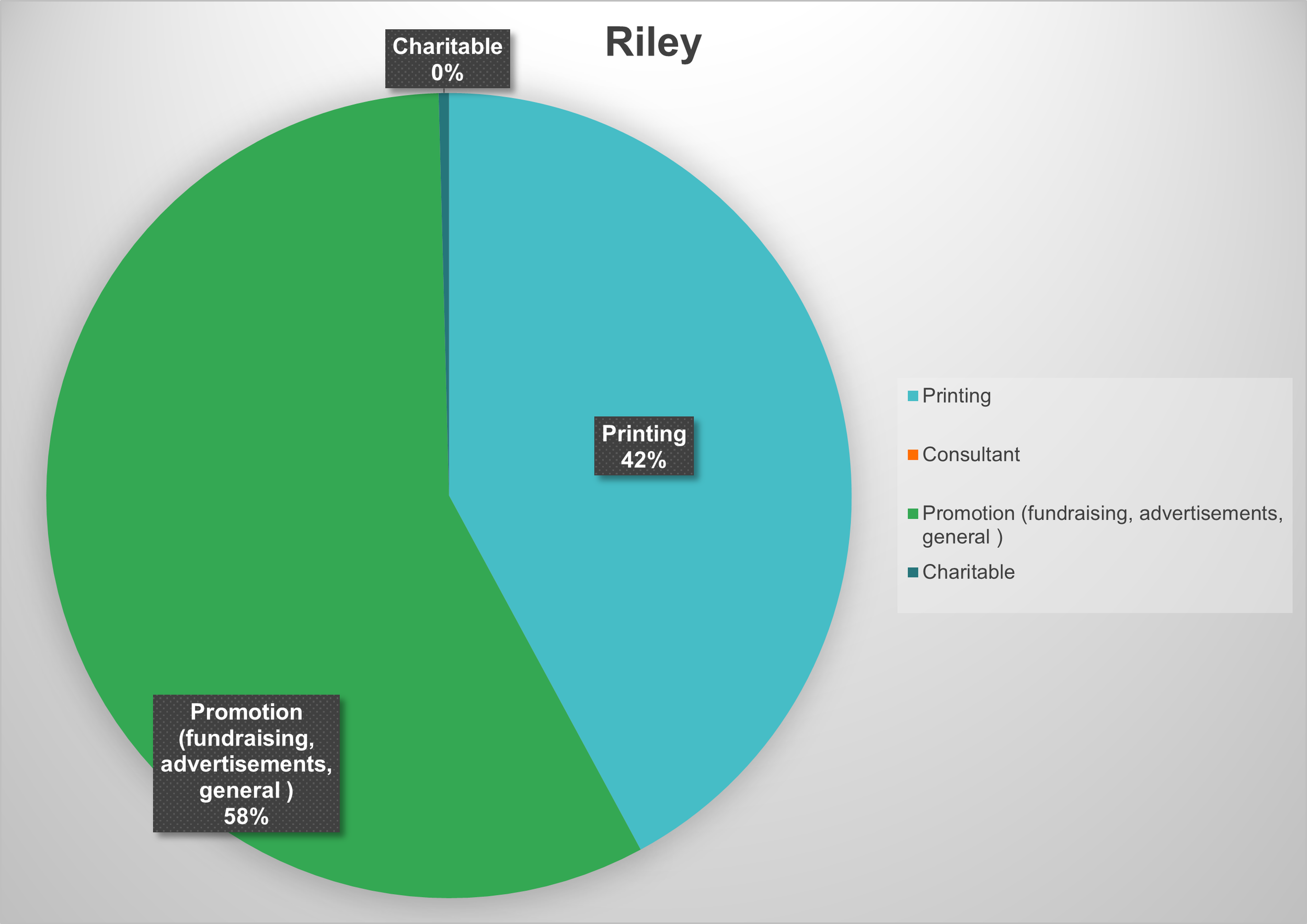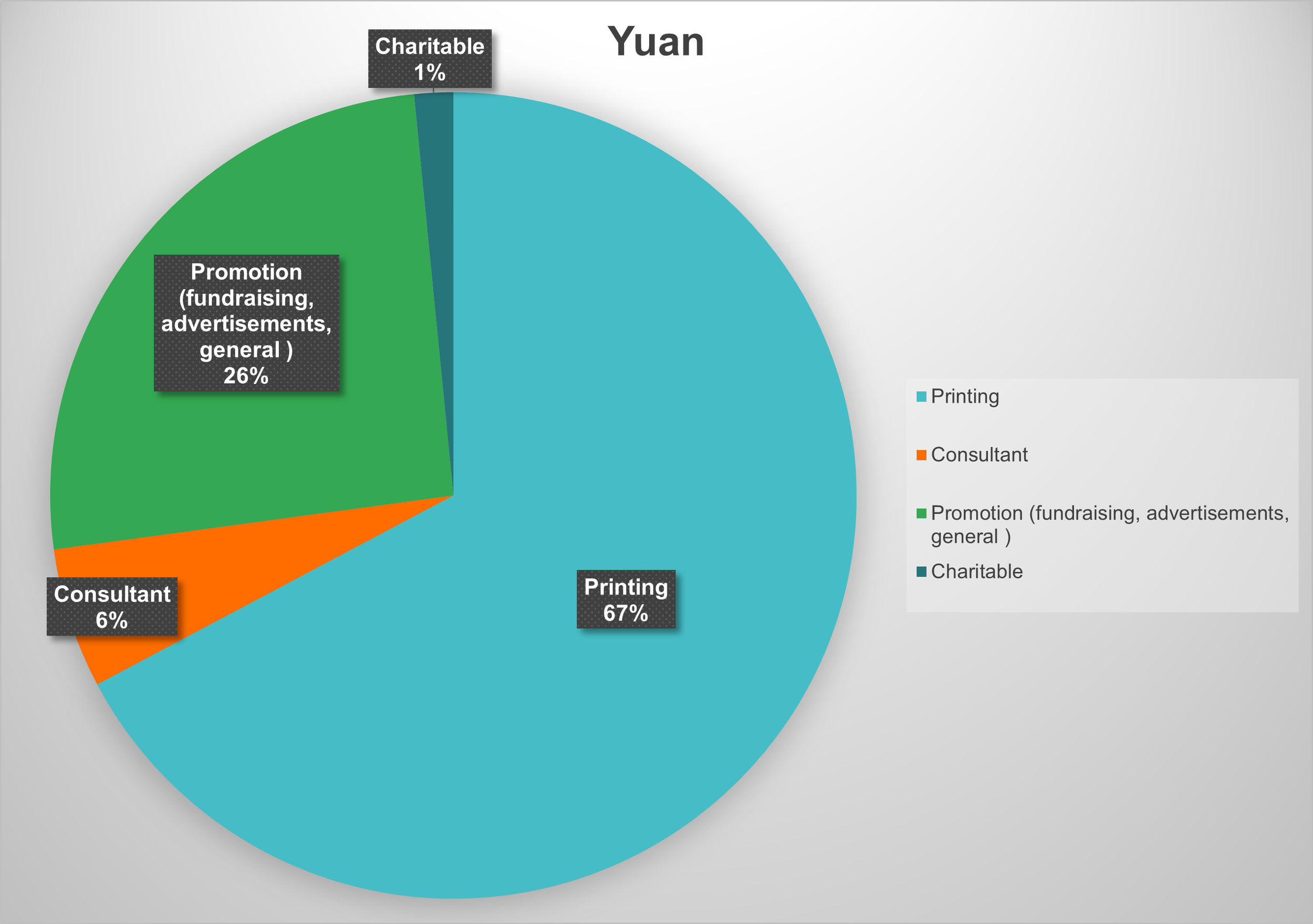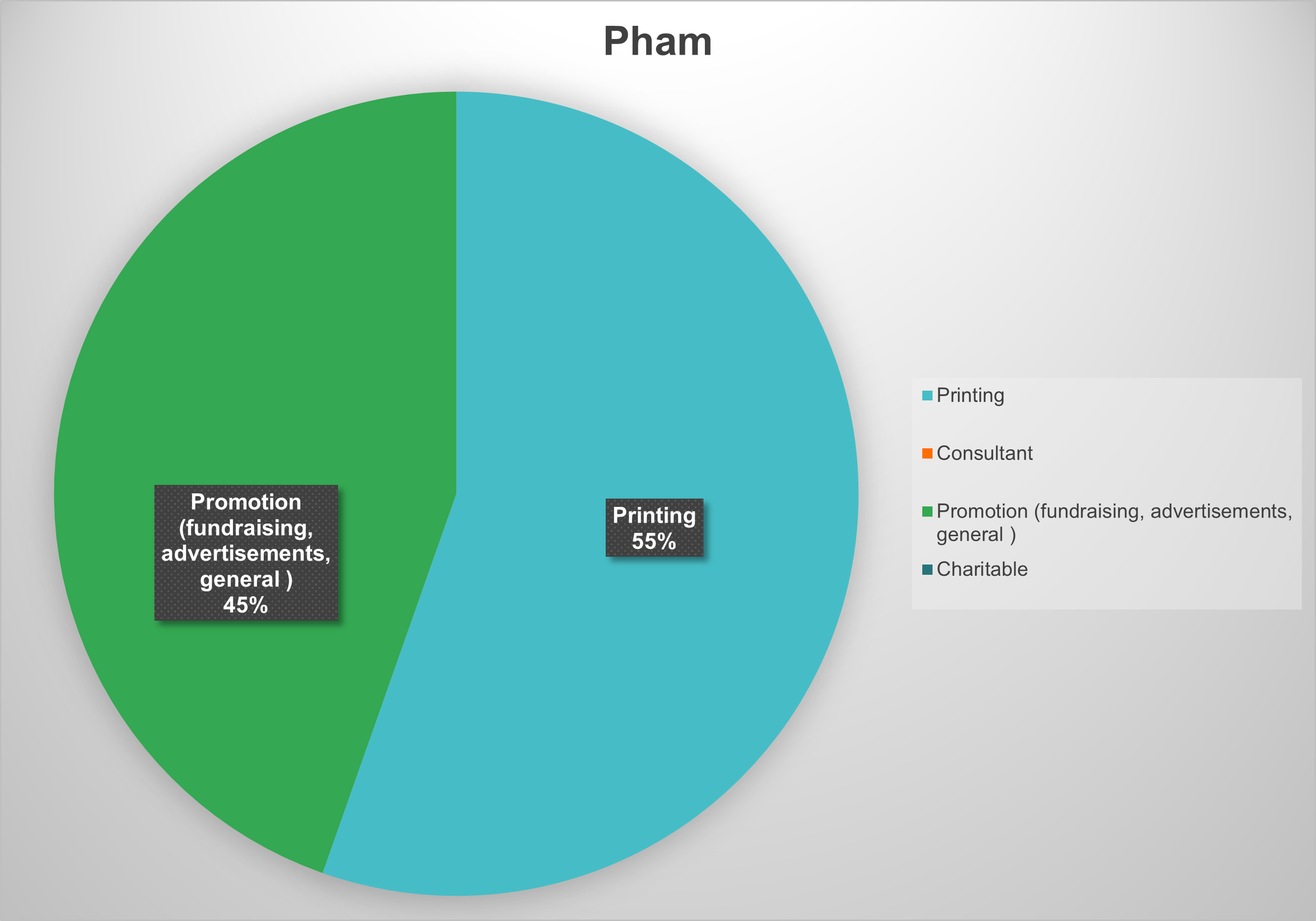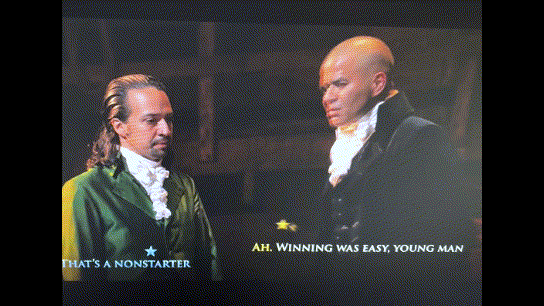2025 AJQ Quincy Municipal Election Analysis
Big Picture: A Referendum on Power, Spending, and Accountability
For many voters, last week's election became the first opportunity in years to express frustration with the unchecked power, spending habits, and insularity that have characterized City Hall under Mayor Tom Koch and a City Council that has—until now—approved his agenda unanimously, 99.4% of the time.
The Patriot Ledger captured the sentiment clearly: although the mayoral race was two years away, the election was “all about him.”
The controversies were well-known and widely discussed at doorsteps and neighborhood gatherings:
A 79% raise for the mayor, raising his salary to $285,000—more than Boston or New York.
The secret purchase of two religious statues for $850,000 with public funds.
A pattern of unanimous council votes, even on major spending, signaling a collapse of checks and balances.
As AJQ has extensively covered, a consistent pattern of dismissiveness and disrespect towards any constituents who wanted to express disagreement.
A number of change candidates emerged in 2025 and most of them did quite well. These issues created a clear dividing line between candidates who defended the status quo and those who challenged it. Of the sixteen candidates running for City Council seats, half framed their campaigns around reform, transparency, fiscal responsibility, and putting guardrails back on an administration that had grown too comfortable operating without meaningful oversight.
The result? Quincy voted for change.
Across multiple wards and citywide races, voters turned toward candidates who offered scrutiny and accountability. They rewarded those who questioned the recent excesses—runaway raises, spiraling debt, opaque spending—and they elevated voices who promised to ask hard questions and hold public hearings. The electorate showed a desire to re-center government on the needs and rights of residents.
This election, in both tone and outcome, represented the most significant shift in Quincy politics since Koch first took office in 2008. It was a clear message from the public: the era of automatic approval is over.
Below is a ward-by-ward and citywide breakdown of what voters responded to, what the candidates ran on, and how campaign spending reveals deeper patterns in Quincy’s political landscape.
Ward-by-Ward: Issues, Results, and Campaign Finance
Now let’s look at the City Council races one by one, including how campaign finance fit into the results. Important caveat: the OCPF data we’re using here is incomplete and preliminary. These numbers will change as year-end reports are filed; we’ll revisit and refine this analysis once final 2025 reports are available early next year.
Ward 1: Reform vs. Incumbency
(Full disclosure, the author of this piece ran for Ward 1 three times and lost three times to Dave McCarthy. They also have a close friendship with Dave Jacobs and helped with his campaign.)
Ward 1 did not just choose between two candidates; voters chose between two different styles of leadership and two very different visions of how Quincy should move forward. The issues below come directly from each candidate’s own campaign materials. It’s also relevant that Dave McCarthy’s issue list seems to have remained unchanged for years, while Dave Jacobs offered new, more detailed plans.
When you look at their differences on the issues as well as the dramatic differences in campaign spending, a fuller picture emerges of why voters made the choice they did.
What They Ran On
Dave McCarthy: Infrastructure Results and Ward-Level Problem Solving
McCarthy’s message touted infrastructure accomplishments, ongoing construction, and constituent service. His QATV speech emphasized:
Years of deferred maintenance now being completed across Ward 1
Major infrastructure projects: paving, gas lines, seawalls, wetlands improvements, park upgrades
A commitment to “rebuilding the ward” and finishing long-promised repairs
Regular responsiveness to weekly constituent issues
Continued collaboration with the administration to execute projects
His framing was forward-looking but tactical: the work is underway, it’s nearly done, and continuity is needed to finish it.
Notably, McCarthy did not present new policy proposals; instead, he highlighted the scale of physical improvements already in progress and urged voters to keep him in office to see them completed.
Dave Jacobs: Restoring Trust, Transparency, and Accountability
Jacobs’ speech was expansive, issue-heavy, and deeply focused on trust in government. His core themes included:
Residents feeling unheard and disconnected from City Hall
The unanimous 9–0 council vote for the mayor’s 79% raise and the council’s own 50% raise
The ethics investigation and the rejection of petition signatures as acts that eroded trust
Concerns about religious neutrality and the placement of Catholic statues at the new public safety HQ
Developer-friendly tax breaks that don’t lower rents or benefit residents
The Granite Links lease process, which he argued favors private profit over taxpayers
Jacobs’ message was clear: the issue is not the list of completed projects—it’s the lack of transparency, debate, and public respect behind them.
He called for:
Transparency before decisions, not after
Hands-on constituent service with real follow‑through
Public meetings and open communication
Rebalancing power between the mayor’s office and the council
His central argument: Quincy has made progress, but trust has been lost—and only independent leadership can restore it. Jacobs’ literature promised oversight, fiscal responsibility, and restored trust.
Votes and Spending
Election results and a preliminary look at OCPF data:
Jacobs: 2,015 votes (56.66%)McCarthy: 1,532 votes (43.08%)
Money raised / spent / on hand:
McCarthy: raised $28,175.00; spent $30,483.89; cash on hand $75,360.05
Jacobs: raised $13,508.11; spent $9,514.91; cash on hand $3,993.20
Even with roughly three times as much spending, McCarthy finished nearly 500 votes behind.
Cost efficiency:
McCarthy: $19.90 per vote; $707.61 per percentage point
Jacobs: $4.72 per vote; $167.93 per percentage point
Jacobs ran a much more efficient campaign in terms of dollars spent per unit of support.
How They Spent It
Spending by AJQ-coded category:
McCarthy:
Printing: $12,818
Consultants: $2,000
Promotion (fundraising/ads/general): $6,706
Charitable: $8,960
Jacobs:
Printing: $8,329
Consultants: $200
Promotion: $1,034
Charitable: $100
McCarthy’s campaign reflects a well-funded incumbent operation: heavy spending on printing and promotion, mailings, and a large amount of charitable giving to community organizations. Jacobs’ campaign, by contrast, concentrated spending on printing and ran with minimal consultant and charitable spending.
What Ward 1 Voters Responded To:
Based on the issue positions and preliminary finance data:
Voters chose Jacobs’ trust‑focused, reform‑oriented message over McCarthy’s infrastructure‑completion pitch.
Jacobs built a winning coalition with far less spending, dramatically lower cost‑per‑vote numbers, and a platform centered on listening and accountability.
McCarthy’s advantages—incumbency, substantial funds, and a long list of completed projects—were outweighed by voter desire for transparency, debate, and independent representation.
VOTE / SPENDING Analysis
For each race we are going to look at the vote totals and campaign finance. We will look at how efficient candidates were with their campaign donations. This can be seen as an analog for handling of taxpayer money. We will look at these metrics:
Votes
Money Raised YTD
Money Spent YTD
Cash on hand (what’s left),
Spending per vote
Spending per % of the vote
in their race. We will also look in broad terms as to what the money was spent on, “Printing costs, Promotion / Misc., Consultant, and Charitable.
Printing costs are payments to professional print houses, ink cartridges, paper, banners, etc.
Promotion is a large category, anything spent to promote the candidate to the public that’s not printing. Advertisements, web costs, event costs, food/cater are all examples. This category catches a lot of miscellaneous.
Consultants include political consultants, web designers, graphic designers, videography, photography…any professional or amateur person paid to help.
Charitable. This is mostly payments to local organizations to support their mission that is made from campaign accounts, these are often considered “sponsorships.”
The Ward 1 analysis sets the tone for the rest of the city: when given a direct choice between continuity without meaningful oversight and a comprehensive plan to restore public trust, voters chose reform. The usual advantages of incumbency were turned into liabilities.
Ward 3: Two New Candidates with Deep Roots—and Very Different Priorities
Ward 3 featured two deeply engaged candidates with long-standing ties to the community: Walter Hubley, a first-time candidate known for more than a decade of neighborhood leadership, and Kathy Thrun, a veteran activist and fiscal watchdog with 50 years in Quincy. Both brought credibility and passion to the race, but their approaches and priorities diverged in meaningful ways.
Thrun ran the more explicitly change-oriented campaign — one that spoke directly to the frustrations we’ve been hearing across the city for months: rising debt, unchecked development, and a council that has stopped asking hard questions. Her message was unmistakably aligned with the reform energy that powered this election cycle.
Hubley, meanwhile, offered a different kind of appeal. Though he carried some associations with the status quo, he also entered the race as a new candidate with an extensive record of neighborhood involvement. Backed by a well-funded, highly visible campaign, he reached voters consistently and effectively. In a race decided by just over 100 votes, that combination of resources and long-standing community relationships was enough to give him a narrow edge.
What They Ran On
Walter Hubley’s QATV speech was deeply personal, grounding his campaign in lived experience and years of community work. Hubley emphasized community trust, relationship-building, and a proven track record of solving neighborhood issues. His issue priorities included:
Transparent, accessible city government
Responsible development that protects wetlands and neighborhood character (e.g., stopping the Harriet Ave project)
Fiscal caution: only supporting spending that benefits Quincy’s bottom line
Supporting fixed-income residents by keeping taxes under control
Ensuring a Ward 3 councilor has the collaborative skills to get things done with eight other councilors
His closing message: If you want real change, elect someone who has already built the relationships needed to deliver it.
Kathy Thrun QATV message was sharper, more urgent, and heavily focused on the city’s financial condition and loss of accountability. Her background included:
50 years as a Quincy resident
Longtime activist with Quincy Environmental Network
Co-authored open space reports that helped save Harriet Ave and Furnace Brook properties
A professional career managing major programs involving thousands of staff across fields like environment, disaster recovery, and cancer research
Advocacy for the Community Preservation Act
Her platform highlighted a series of systemic problems:
Broken promises that development would lower taxes
The need for serious budget scrutiny and departmental performance reviews
A City Council that rarely uses its authority and votes unanimously 99.4% of the time
Lack of accountability and a failure to exercise checks and balances
Thrun emphasized the council’s legal powers. This was an interesting addition to the campaign rhetoric as we hear a lot about our strong mayor form of government and not a lot about what the councilors can do.
Creating zoning and building ordinances
Cutting budget lines and altering debt requests
Holding departments to performance standards
Acting as a true check on the mayor
Her message to voters: Quincy’s fiscal health is at a breaking point. The council must stop rubber-stamping and start governing.
Votes and Spending
Hubley: 1,339 votes (51.82%)
Thrun: 1,236 votes (47.83%)
A close race, with fewer than 105 votes separating them.
Money raised / spent / cash on hand:
Hubley: raised $14,916.55; spent $10,183.85; cash on hand $4,732.70
Thrun: raised $7,416.14; spent $5,930.15; cash on hand $1,485.99
Cost efficiency:
Hubley: $7.61 per vote; $196.52 per percentage point
Thrun: $4.80 per vote; $123.98 per percentage point
How They Spent It
Hubley:
Printing: $9,265.31
Consultants: $0
Promotion: $1,171.99
Charitable: $100
Thrun:
Printing: $4,586.61
Consultants: $0
Promotion: $1,301.86
Charitable: $50
Comparing the two:
Hubley’s lifelong presence, extensive volunteer leadership, and message of trust and community cohesion resonated strongly.
Thrun’s platform tapped into citywide frustration about debt, raises, development deals, and lack of oversight—and the tight margin reflects that.
Thrun ran one of the most cost-efficient campaigns of the year, indicating strong message traction despite a smaller budget.
Hubley is a very well-known name. His spouse is a long-time school committee member, and he runs the neighborhood association and Quincy’s porchfest. He was able to use his well-known presence without being tied to the current administration.
Ward 3 is a community that valued experience and local advocacy, but also shared serious concerns about spending, debt, and transparency. That’s why this was a closer race.
Ward 4: Constituent Service vs. Accountability and Oversight
Ward 4 delivered one of the night’s most striking reform wins. In a race decided by just 45 votes, residents weighed two very different visions of the councilor’s role: James Devine presented himself as a hands-on councilor with a hyper-local approach to constituent service. This contrasted with Virginia Ryan’s call for fiscal stewardship, transparency, and stronger checks on the administration. In a year defined by frustration over spending, process, and accountability, Ryan’s message aligned more closely with the broader shift happening across the city — and voters elevated her as the ward’s new voice on the council.
What They Ran On
James Devine: Devine’s QATV speech was delivered off-the-cuff and centered entirely on direct constituent service and neighborhood-level improvements. His themes included:
Solving day-to-day issues: potholes, flooding, fallen limbs, speeding, neighbor disputes
Emphasizing responsiveness: returning calls, answering emails, being “the person you reach out to”
Securing infrastructure upgrades: new traffic lights at Rudy Street, traffic studies around Shea Park, Uber-funded traffic analysis
Pride in being “a doer” who gets small things done that "are big problems to each neighbor"
Devine presented the role of councilor as someone whose primary value is fixing issues and coordinating city resources. His identity as a community-builder—running events like the Shea Park tree lighting and the Oro Field Fall Fest—reinforced that philosophy.
Virginia Ryan: platform was animated by the same citywide frustrations driving reform candidates elsewhere. Her message emphasized:
Quincy’s high taxes, poor communication, and lack of fiscal oversight
Excessive spending: statues, mayor and council raises
Unchecked development and deteriorating accountability
Low civic engagement—highlighting that only 9.37% of Ward 4 voters participated in the prior special election
Her priorities included:
Fiscal responsibility and stewardship of taxpayer money
More communication with residents, including newsletters and outreach
Greater transparency in budgeting and spending
Formal municipal training for councilors (MMA)
Acting as a check on the administration’s spending and priorities
Ryan defined the council as a mechanism for public oversight, not merely a service office—a direct contrast to Devine’s framing.
Votes and Spending
• Ryan: 1,040 votes (50.98%) WINNER
• Devine: 995 votes (48.77%)
A close race, with only 45 votes separating them.
Money raised / spent / cash on hand:
• Devine: raised $9,900.00; spent $9,073.40; cash on hand $3,956.70
• Ryan: raised $6,557.28; spent $5,431.35; cash on hand $1,125.93
Cost Efficiency
• Devine: $9.12 per vote; $186.04 per percentage point
• Ryan: $5.22 per vote; $106.54 per percentage point
How They Spent It
Devine:
• Printing: $2,355
• Consultants: $0
• Promotion: $6,029
• Charitable: $690
Ryan:
• Printing: $3,465
• Consultants: $500
• Promotion: $1,419
• Charitable: $125
Interpretation
Ward 4 voters chose Ryan’s accountability-centered message over Devine’s neighborhood-focused incumbency. In a year shaped by frustration with overspending and lack of transparency, Ryan’s reform-focused platform aligned with the broader citywide desire for change.
Devine was able to keep the race close, which was not easy in a year marked by change, but the appetite for oversight and fiscal discipline ultimately proved decisive.
Ward 5: Reform vs. Restraint — Two Very Different Paths
Ward 5 produced one of the clearest reform victories of the night. Incumbent Dan Minton, known for modest spending priorities and rejecting developer money, faced Maggie McKee, one of the central organizers of the raises petition movement. Voters decisively preferred McKee’s accountability‑focused platform.
When this race first shaped up earlier this year, this seemed like it would be an uphill battle for McKee. She was running as a reform candidate against one of the few incumbents that had shown themselves capable of speaking some truth to power. Councilor Minton spoke at the first meeting that had a raise discussion and expressed the only dissenting opinion of the night. He suggested that the Mayor’s ask of $285,000 was too high and suggested it be lowered to $230,000. He stopped short of proposing an amendment. Later, when the religious statues were leaked to the public he wrote an opinion on his Facebook page suggesting these statues were not proper. However, he did not speak at the council meeting where these were discussed.
What They Ran On
Dan Minton’s QATV Speech emphaised practical stewardship and ethical consistency
Councilor Minton emphasized:
Hands-on constituent service over his first two years
Major ward issues like the ENC property and Sailors’ Home Pond rehabilitation
A modest approach to raises — supporting no more than COLA adjustments
A pledge to donate the difference between his preferred salary and the new council salary
A refusal to accept donations from developers, builders, or trade unions
A steady, low‑key style rooted in his 40‑year police career
Maggie McKee framed the race around accountability, anti-corruption, and listening to the public.
Her central role in the petition drive against the mayor/council raises
The 99.4% unanimous voting pattern and lack of oversight
Rising spending, downgraded bond rating, and costly projects
Developer tax breaks, housing pressure, and unmet constituent needs
A commitment to knock on doors, ask tough questions, and reintroduce public accountability
Votes and Spending
• McKee: 1,621 votes (60.64%)
• Minton: 1,048 votes (39.21%)
A decisive reform victory, with McKee winning by 573 votes.
Money raised / spent / cash on hand:
• Minton: raised $1,325.00; spent $750.38; cash on hand $8,605.19
• McKee: raised $13,718.04; spent $5,362.70; cash on hand $8,455.97
Cost Efficiency
• Minton: $0.72 per vote; $19.14 per percentage point
• McKee: $3.31 per vote; $88.44 per percentage point
How They Spent It
Minton:
• Printing: $720
• Consultants: $0
• Promotion: $30
• Charitable: $0
McKee:
• Printing: $789
• Consultants: $2,018
• Promotion: $2,933
• Charitable: $0
Interpretation
Ward 5 voters chose a candidate who made oversight, transparency, and accountability central to her campaign. With a quietly effective, grass-roots campaign, McKee ended up dramatically out‑raising and out‑spending Minton. McKee had one of the higher percentages of spending on expertise (consultant) in her spending categories. (Perhaps foreshadowing a return to seeking out expert opinions for complicated issues rather than relying on in-house expertise for financial decisions.) But perhaps most importantly, she tapped directly into the reform energy reshaping Quincy politics. She understood this moment in Quincy politics because she helped create it. Although Councilor Minton is respected and well-liked among Ward 5 constituents, residents recognized a need to send reformers to city hall.
Ward 6: A Landslide for Reform
Ward 6 was one of the starkest reform results of the night. Deborah Riley, a first-time candidate with a detailed, data-driven critique of Quincy’s finances and governance, defeated ten-year incumbent William Harris by a wide margin. The race became a clear referendum on oversight, debt, and the role of the council.
What They Ran On
Deborah Riley: Fiscal Alarm, Oversight Failures, and Structural Reform
Riley’s speech was one of the most detailed in the cycle. She focused on:
Quincy’s exploding long-term debt and shrinking stabilization fund
A growing pension liability even after refinancing
Council committees that rarely meet and proposals that quietly die in committee
The 99.4% rate of unanimous votes and lack of meaningful deliberation
Unresolved issues like CPA debt, the $500,000 Native American statue, the broadband plan, the EPA fine, and the pension theft investigation
A need for audits, performance reviews, zoning reform, and fresh voices on boards and commissions
Real tax relief and education for seniors and veterans on existing programs
Her campaign centered on the idea that City Council has the tools to provide checks and balances—but has simply stopped using them.
William Harris: Steady Leadership, Community Values, and Responsible Growth
Harris presented himself as:
A neighbor, parent, and grandparent deeply invested in Quincy’s future
A defender of responsible development, safer streets, and quality public services
A steady hand who values transparency, fiscal responsibility, and preserving Quincy’s sense of community
In his closing sentence, Harris warned against ‘irresponsible ideals’ disrupting Quincy’s progress, but he never elaborates—before or after—on who or what he was referring to. Instead, his speech framed his record around stability, steady leadership, and care for constituents.
Votes and Spending
• Riley: 1,748 votes (59.17%)
• Harris: 1,196 votes (40.49%)
A strong reform win, with Riley ahead by 552 votes.
Harris: raised $36,464.81; spent $37,591.78; cash on hand $5,220.37
Riley: raised $22,030.46; spent $11,553.81; cash on hand $12,352.74
Cost Efficiency
• Harris: $31.43 per vote; $928.42 per percentage point
• Riley: $6.61 per vote; $195.26 per percentage point
How They Spent It
Harris:
• Printing: $4,106
• Consultants: $150
• Promotion: $22,891
• Charitable: $10,591
Riley:
• Printing: $5,107
• Consultants: $0
• Promotion: $6,972
• Charitable: $50
Interpretation
Ward 6 voters sent a blunt message: the old model of quiet unanimity and limited oversight is no longer acceptable. Harris entered the race with a large war chest and spent heavily—especially on promotion and charitable giving—yet his cost per vote was among the highest in the city.
Riley, by contrast, ran a more efficient, reform-centered campaign that put debt, risk, and accountability at the center of the conversation. Her victory helped solidify Ward 6 as a key pillar of the broader citywide realignment toward scrutiny, data-driven oversight, and a more assertive City Council.
At-Large: where a lot of money was spent, but it didn’t decide the outcome
Quincy’s At-Large race drew six candidates with dramatically different budgets, campaign styles, and voter coalitions. The three winners — Anne Mahoney, Noel DiBona, and Ziqiang Yuan — each reached the top tier with distinct approaches. Below them, the remaining candidates formed a competitive but not tightly clustered group: Campbell, Pham, and Shaughnessy were separated by larger margins, with more than 2,100 votes between 4th and 6th place.
Final finishing order:
Anne Mahoney – 8,693 votes (23.22%)
Noel DiBona – 6,902 votes (18.44%)
Ziqiang Yuan – 6,311 votes (16.86%)
Scott Campbell – 6,145 votes (16.42%)
Andrew Pham – 5,307 votes (14.18%)
Alie Shaughnessy – 4,008 votes (10.71%)
Although the At-Large field looked competitive, only the 3rd–4th place split — Yuan edging out Campbell by 166 votes — was genuinely close.
Votes and Spending
Mahoney: 8,693 votes (23.22%)
DiBona: 6,902 votes (18.44%)
Yuan: 6,311 votes (16.86%)
Campbell: 6,145 votes (16.42%)
Pham: 5,307 votes (14.18%)
Shaughnessy: 4,008 votes (10.71%)
Money raised / spent / cash on hand
Mahoney: raised $11,046.52; spent $7,594.97; cash on hand $4,026.63
DiBona: raised $42,339.26; spent $53,283.09; cash on hand $100,676.63
Yuan: raised $9,718.80; spent $7,792.10; cash on hand $1,926.70
Campbell: raised $42,122.96; spent $50,031.28; cash on hand $9,671.42
Pham: raised $4,658.64; spent $4,065.34; cash on hand $593.30
Shaughnessy: raised $54,843.91; spent $32,619.80; cash on hand $24,974.92
Cost efficiency
Mahoney: $0.87 per vote; $327.09 per percentage point
DiBona: $7.72 per vote; $2,889.54 per percentage point
Yuan: $1.23 per vote; $462.16 per percentage point
Campbell: $8.14 per vote; $3,046.97 per percentage point
Pham: $0.77 per vote; $286.70 per percentage point
Shaughnessy: $8.14 per vote; $3,045.73 per percentage point
Observation:
Pham — the 5th-place finisher — actually ran the most cost-efficient campaign of the entire field, even more efficient than Mahoney.
Meanwhile, Campbell and Shaughnessy were the highest spenders and the least cost-efficient in the race.
The Winning Candidates:
Mahoney
Anne Mahoney entered the At-Large race unusually late, pulling papers just days before the deadline and submitting her signatures soon after. Even so, she quickly rebuilt her citywide coalition and voters responded. Many felt the council had been missing a proven provider of checks and balances, and Mahoney’s return filled that gap. Her first-place finish reflected her popularity with residents, the trust earned over 18 years of elected public service, and a clear appetite for renewed oversight on the council.
Campaign Spending:
Printing: $6,639
Consultants: $0
Promotion: $1,144
Charitable: $0
DiBona
Noel DiBona secured the second At-Large seat with a well-funded, citywide operation centered on visibility, constituent service, and continuity. As an incumbent, he drew on strong name recognition and a broad network built over multiple terms. His was the highest-spending campaign in the field, and his substantial charitable and promotional expenditures helped sustain a constant presence across the city. DiBona’s finish reflected steady support from voters who favored continuity and valued his consistent engagement in the community. He is known as a fierce campaigner and a councilor regularly out among residents, which remained a defining strength in this race.
Printing: $42,081
Consultants: $145
Promotion: $5,460
Charitable: $5,858
Yuan
Ziqiang Yuan captured the third At-Large seat by running a disciplined, efficient, and highly targeted campaign. As a first-time candidate in a crowded field, she built support through steady grassroots outreach, a strong personal story, and a message of reform that resonated with voters looking for new voices on the council. Although her QATV speech was measured and focused on inclusivity, residents who had seen her budget testimony or heard her speak at rallies knew she could be blunt, candid, and sharply critical when she felt the city was headed in the wrong direction. Yuan kept spending lean—one of the most cost-effective campaigns in the race—and her narrow win over Scott Campbell by just 166 votes underscored how effectively she converted direct voter contact into support. Yuan’s finish reflected a growing appetite for new leadership, fresh perspectives, and a more representative council.
Printing: $5,381
Consultants: $450
Promotion: $2,047
Charitable: $125
Campbell
Printing: $20,146
Consultants: $56,069
Promotion: $21,465
Charitable: $10,337
Pham
Printing: $2,294
Consultants: $0
Promotion: $1,847
Charitable: $0
Shaughnessy
Printing: $16,181
Consultants: $10,391
Promotion: $5,491
Charitable: $700
What the At-Large Results Show
1. Mahoney continues to dominate citywide — without big spending.
Her first-place finish on a modest budget reinforces her reputation as the most widely trusted independent voice in Quincy politics.
2. DiBona’s spending kept him competitive — but wasn’t efficient.
His per-vote cost was more than six times that of Mahoney and Yuan, but in a year defined by change, DiBona was the lone long-time councilor to hold onto their seat.
3. Yuan’s strong 3rd-place finish shows that a clear reform message resonated.
Her budget was modest, but efficient, and her vote share secured the final seat.
4. The middle tier (Campbell, Pham) was defined by message vs. money.
Campbell raised and spent a lot of money, but still finished 4th.
Pham spent very little but attracted a fair amount of attention and voters, finishing 5th.
5. Shaughnessy’s high-end campaign couldn’t break through.
Despite top-tier fundraising and spending, he finished last — demonstrating again that money cannot substitute for message resonance.
What happened in Quincy this year wasn’t just an election — it was a civic correction.
After years of feeling dismissed or taken for granted, residents used the most effective tool democracy offers: the ballot box. And they changed the conversation.
Voters chose people who knock on doors, who read the fine print, who show up to meetings, who challenge the administration when needed. They chose depth over deference, independence over comfort, and oversight over easy unanimity.
For the first time in years, the balance of power on the council has shifted back toward the public. The new majority didn’t arrive by accident — it was built by neighbors talking to neighbors, by civic action over runaway salary raises, by outrage over statues and unchecked spending, and by years of quiet frustration turning into collective action. It was strengthened by the city’s repeated disregard for basic democratic processes — decisions that ultimately pushed residents to lawyer up, more than once — and by journalists, both professional and amateur, who pursued the stories people deserved to hear.
As we often say at AJQ: it takes a village to raise a city.
Now the work begins “Winning was easy, governing is harder.” ~Hamilton, An American Musical

